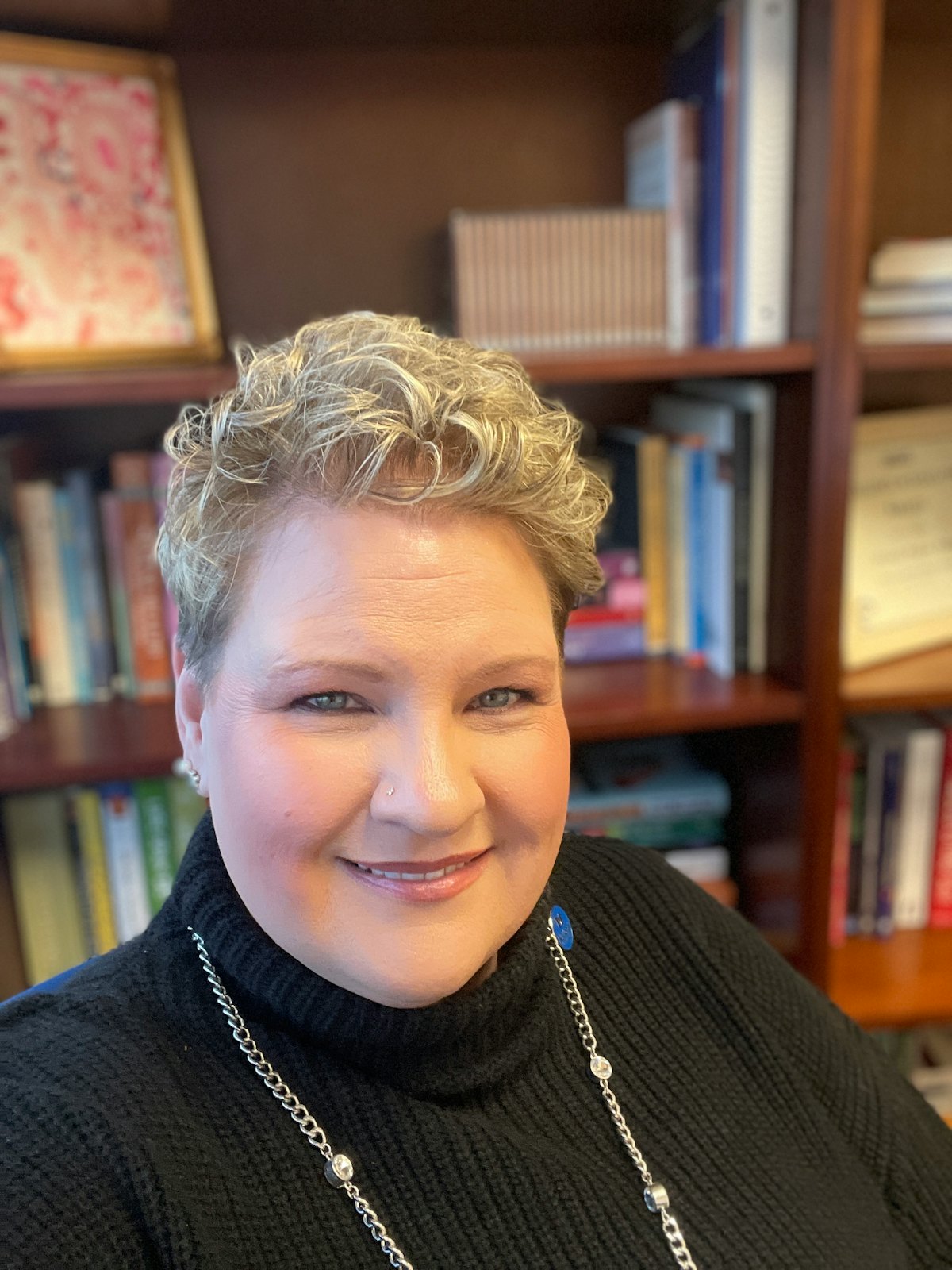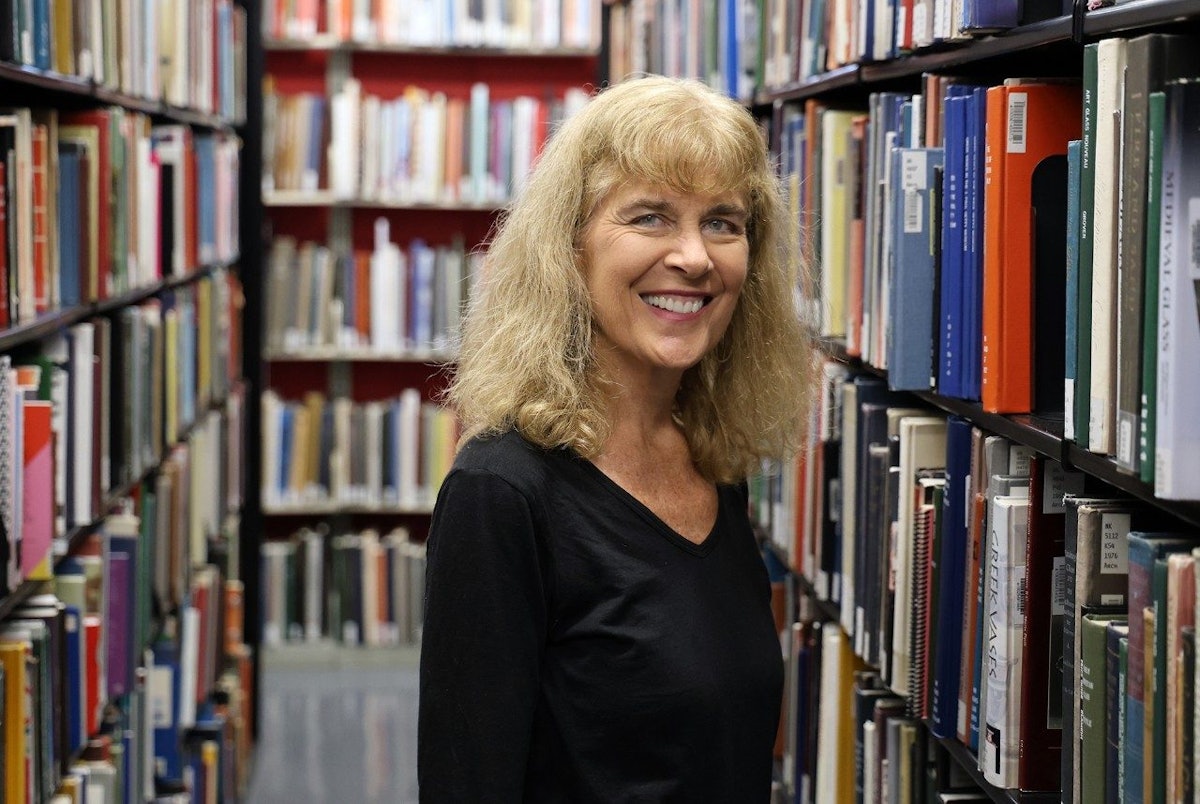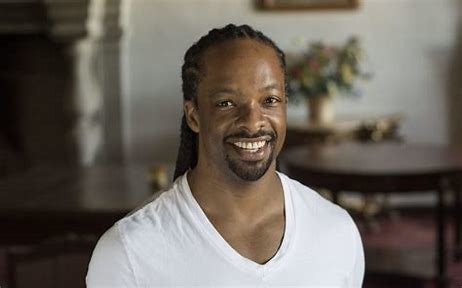For two decades, the gradual decline of the liberal arts degree has been met with both resignation and celebration. The prevailing belief is that students should prioritize hard, technical skills essential for thriving in our rapidly evolving information economy—with areas like science, technology, engineering, and business taking precedence over subjects like English or philosophy. As higher education faces growing pressure to invest in academic programs that provide direct pathways to a career, many resource-strapped colleges have responded by making significant cuts to their liberal arts offerings. Dr. Nicole Polen-Petit
Dr. Nicole Polen-Petit
But, to misquote Mark Twain, reports of the liberal arts’ demise have been greatly exaggerated. The university where I serve as the dean of the School of Arts, Letters, and Sciences is seeing rising enrollment across several liberal arts programs, some of which now rank among our most popular majors. The learners driving this surge are not the stereotypical 18-year-olds meandering through a four-year education that critics are likely to imagine. Our students are working adults, military members, and busy parents. Some fall into all three categories. Far from viewing the liberal arts as useless, these learners are finding that such programs provide them with an education that is highly valued by employers.
Our students seem to know something the pundits sometimes don’t: the skills developed through the liberal arts are essential for adapting to and thriving in today’s workforce. By eliminating these programs, institutions are actually limiting access to the kind of education and skill development that employers are saying students need the most to succeed in their organizations.
Indeed, the narrative that surrounds the decline of the liberal arts often overlooks the enduring utility of what are often called soft or durable skills. These uniquely human competencies are not just useful but necessary across nearly every profession. Research shows that employers consistently rank skills like critical thinking, adaptability, empathy, communication, teamwork, and creativity as among the most important an employee can possess.
These skills have always been vital, but as automation and artificial intelligence reshape the workplace, their value is only growing. One recent study found that while business leaders are now widely relying on generative AI, they are placing even greater emphasis on the value of durable, human skills. This trend is not as counterintuitive as it might seem. Critical thinking and empathy cannot be easily mastered by machines. AI might be able to analyze data, identify patterns, and even mimic human conversation, but it cannot yet grasp the nuanced emotional and cultural implications of these interactions. And this is where liberal arts graduates excel. Their education is designed specifically to foster the skill sets needed to understand and interpret human experiences, cultural contexts, and ethical dilemmas.
Every so often, news headlines will announce with astonishment that major tech companies and startups are actively seeking liberal arts graduates. In reality, these developments should hardly be shocking; hiring liberal arts grads is simply good business practice.
Of course, the appeal of a liberal arts education extends beyond the technology sector. Indeed, the flexibility and breadth of skills gained through these programs provide graduates with a distinct edge in an unpredictable job market, no matter the sector. At a time when job functions and industries are changing at break-neck speed across the entire workforce, higher education leaders consistently stress the importance of preparing students for careers that don’t yet exist. As it turns out, liberal arts degrees are crafted to meet this need.
At the same time, it’s crucial that liberal arts offerings evolve to meet the demands of the modern workforce. How, not just why, we offer these programs is key. Institutions should create explicit and purposeful connections between the liberal arts and more skills-based and technical programs. At my university, for instance, students can pair general education writing courses with introductory cybersecurity courses. Likewise, they can combine philosophy and ethics courses with criminal justice courses. Mastering liberal arts skills within the context of different disciplines, areas of study, and prospective careers empowers students to apply their knowledge with greater depth and versatility.
It’s clear that rather than fading into obscurity, liberal arts programs are gaining more relevance than ever. Ironically, it is the students with the greatest breadth of life experience who sometimes seem to grasp the value of the liberal arts in ways that higher education has struggled to articulate. Many arrive with substantial life experience and a firm understanding of what they seek from their education: a direct path to a stable, well-paying career. Increasingly, they are finding that liberal arts programs offer exactly that. The rising enrollment in these programs speaks to their growing appeal.
Now it’s time for higher education and workforce leaders to catch up to what many of our students already know, working together to deepen their understanding and promote the enduring value of a liberal arts education. As long as liberal arts programs continue to adapt to and reflect the ever-changing world around them, these vital disciplines will continue to be an essential part of higher education
Dr. Nicole Polen-Petit is Dean of the School of Arts, Letters, and Sciences at National University.
#NonTraditional #Learners #Liberal #Artsand #Vice #Versa










